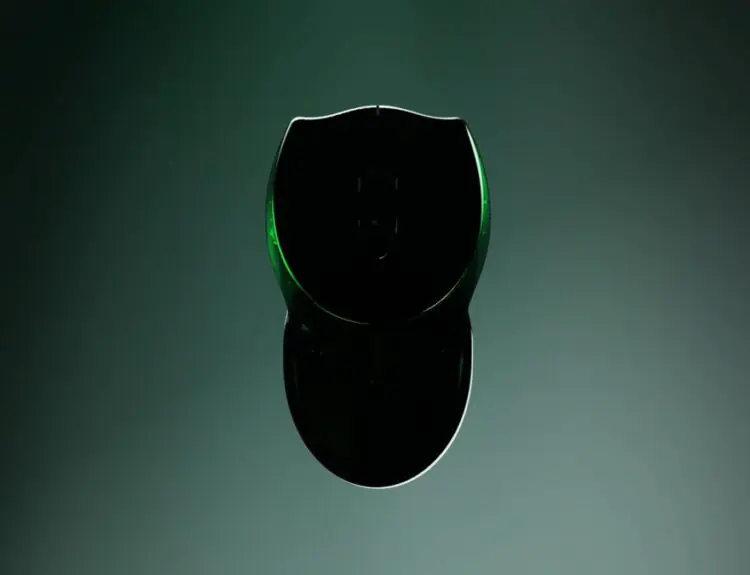GamersNexus recently received leaks from an independent source that involves the details of Threadripper 3000. They obtained details for the heatsink design of the motherboard as well as support information on high-End Desktop (HEDT) and Workstation.
The numbers 4 and 8 in sTRX4 and sWRX8 processors unit respectively pertain to the counts of the memory channel. Nevertheless, the actual name and launch date of these processors have not been officially announced.
The leaked documents stated that both processors include some CPUs from their predecessors. The client platform form both processors are single-socket solutions that utilize LGA sockets that are surface-mount. They support the AMD Family 17h models 17h models 30H to 3Fh, which pertains to the hex codes for AMD’s CPUs.
Other data allegedly included in the leaks involve the processor’s computation capability, memory capacity, and integrated IO. The Threadripper sTRX4 supports quad-channel DDR4 memory, while the sWRX8 has a higher memory bandwidth supporting 8-channel DDR4.
The 4-channel CPU is also recorded to have a faster, cheaper, but less stable unbuffered memory (UIDMMs) with 2 DIMMs per channel. While the 8-channel CPUs can be Unbuffered, Registered, and Load-Reduced DIMM with 1DIMM per channel. In terms of channel capacity, both contain 265GB worth of memory.
Furthermore, the quad-channel CPU has faster speed and boosted performance as it contains Overclocking (OC) support while the 8-channel CPU has no such support.
The leaked documents also noted that the former processor ought to contain 64 lanes of PCIe 4.0 with x16 lanes of SATA. On the other hand, the latter processor allegedly provides 96-128 lanes of PCIe 4.0, enabling 32 controllable lanes with SATA.
The leaks also included the requirements for thermal design and stated that the processors would consist of two infrastructure groups, namely A and B. The A infrastructure will be for HEDT whereas the B infrastructure will be for the workstation.
The ambient temperature for A where it is stored is presumed to be 32°C, whereas for B, the ambient temperature supposed to be around 42°C. In addition, it was also noted that A has a maximum Tcase of 60°C and a maximum Tcase of 81°C for B. The documentation also recorded the details of thermal resistance and maximum Tctl for both CPUs.
Aside from the presented data, more extensive documentation about the processors is available in the leak, including the requirements for voltage and other data. However, more time will be needed to skim through everything, digest them, and present them in an understandable way.







